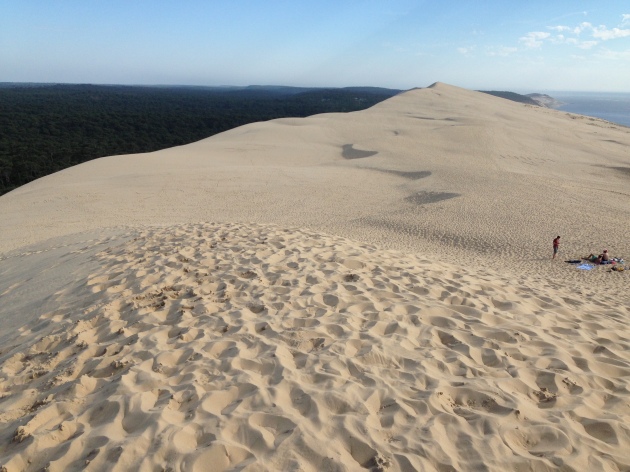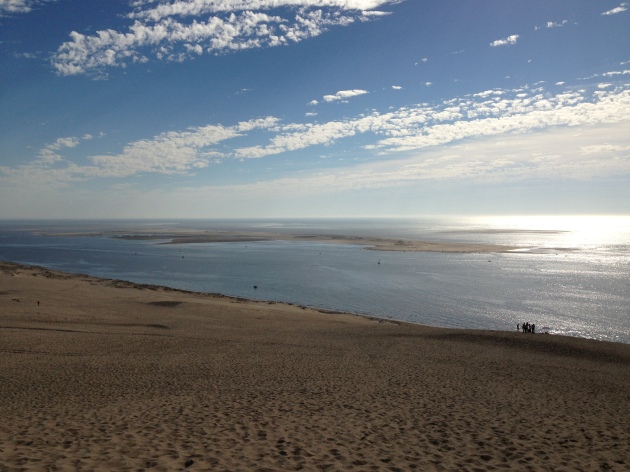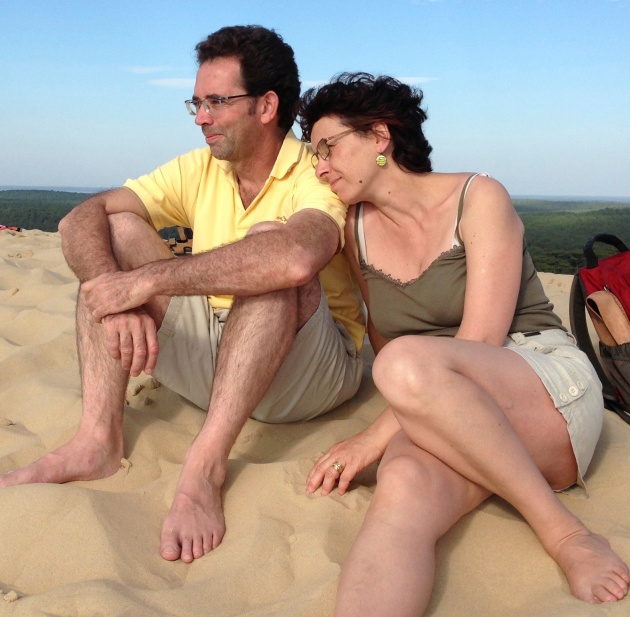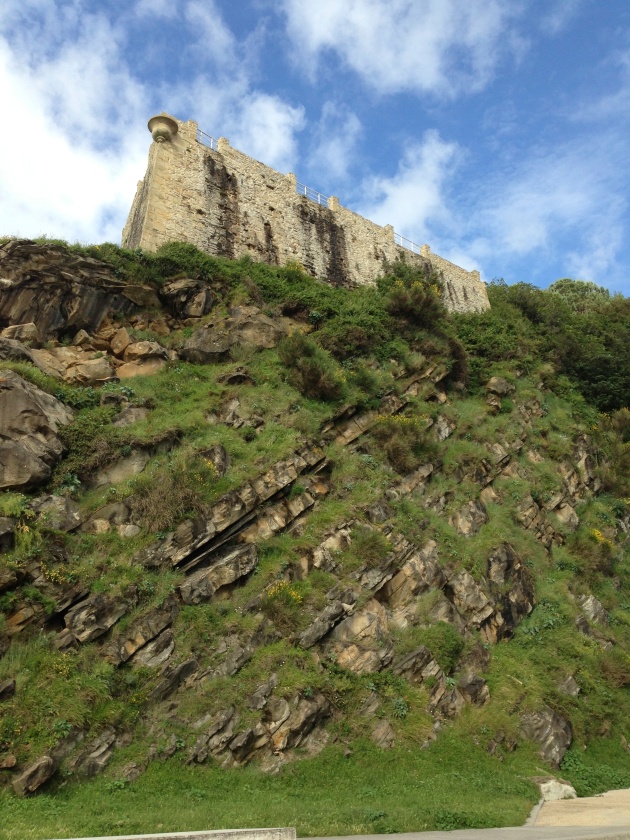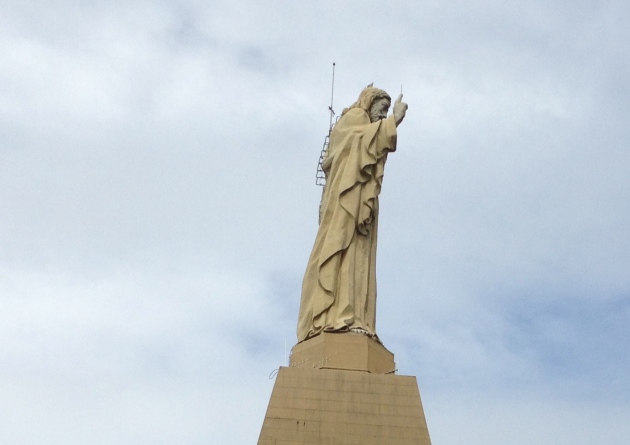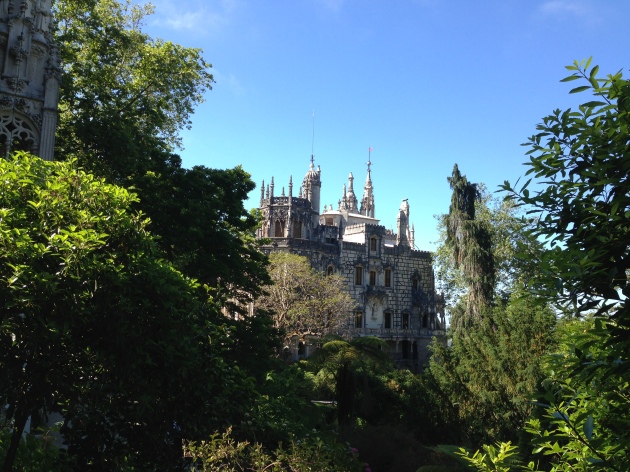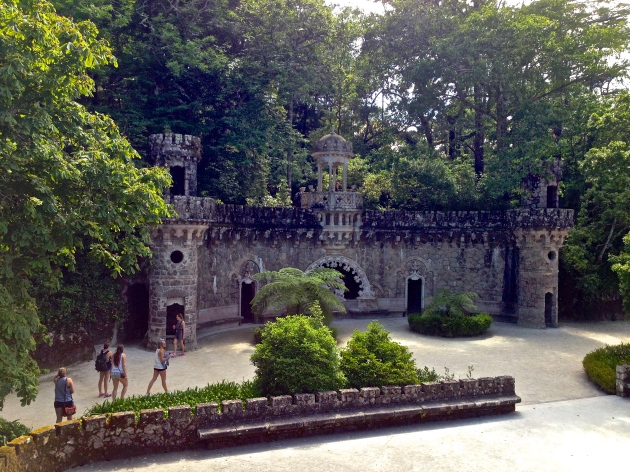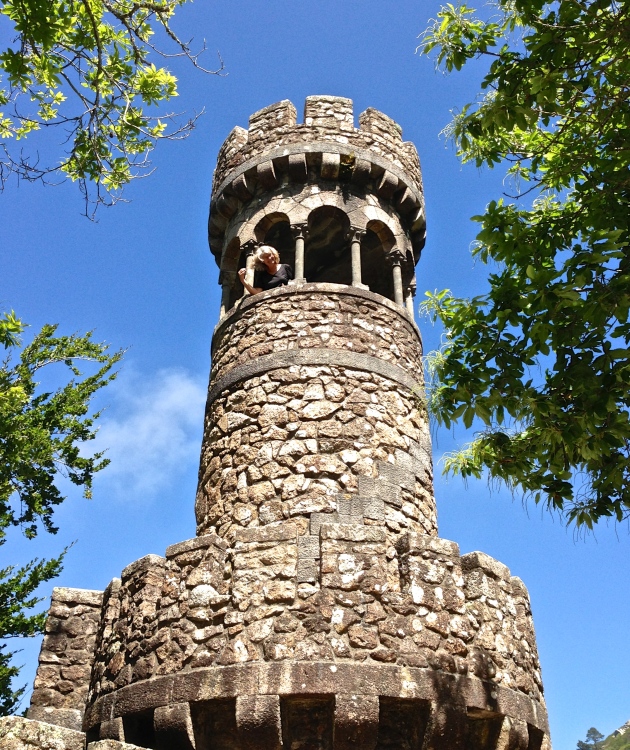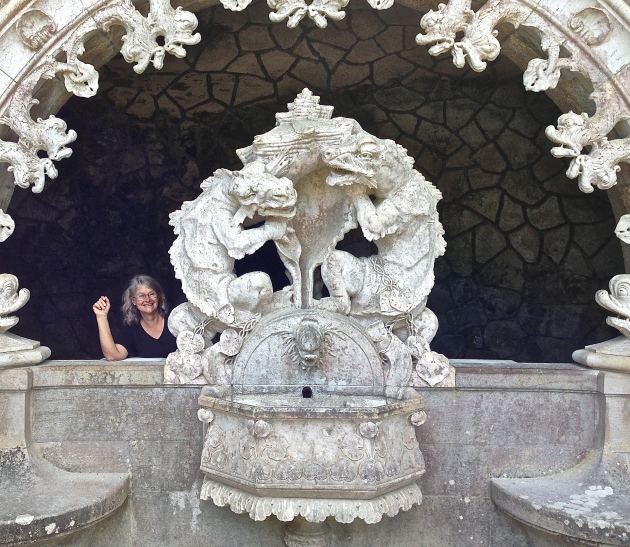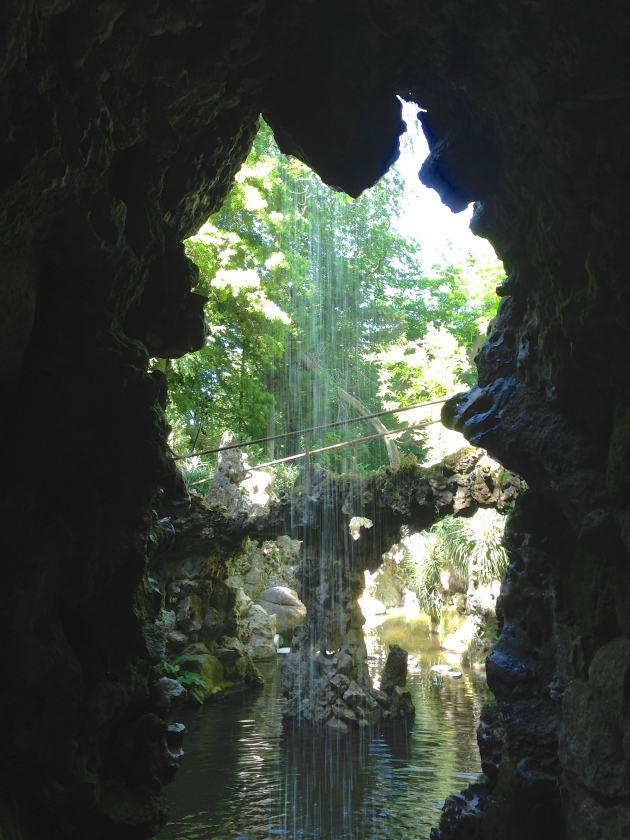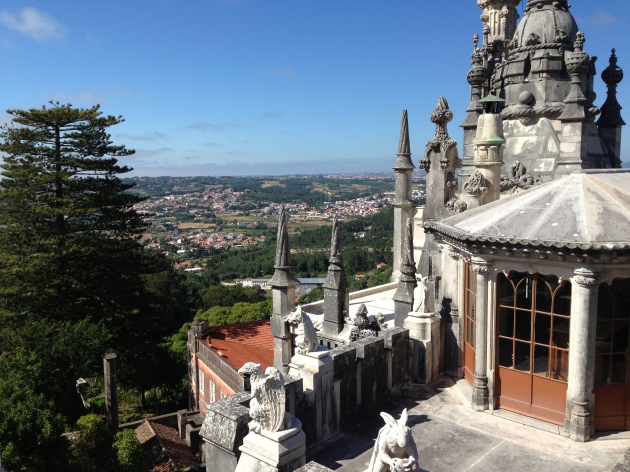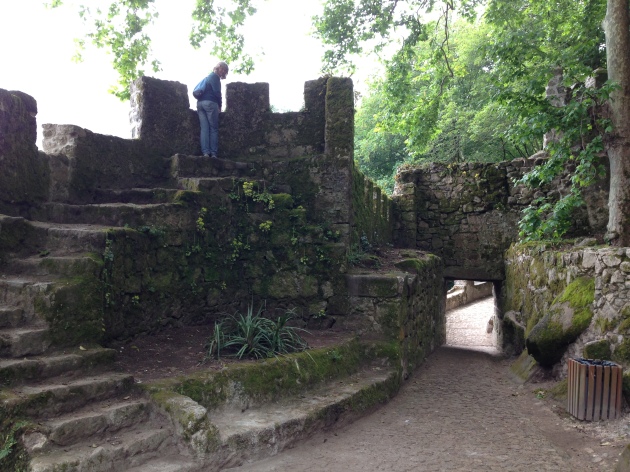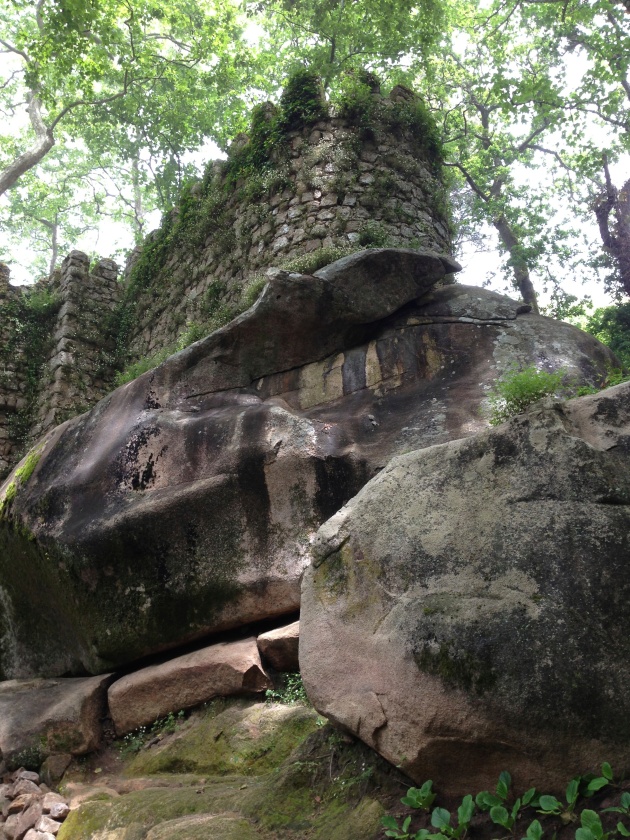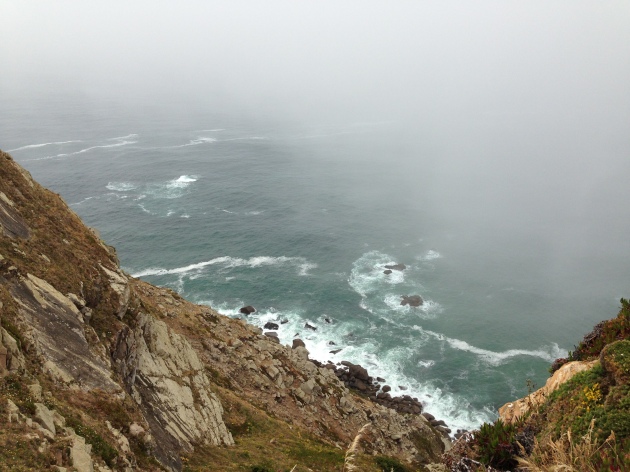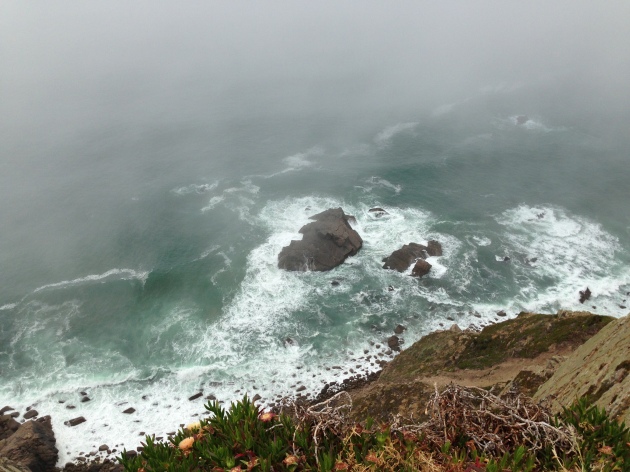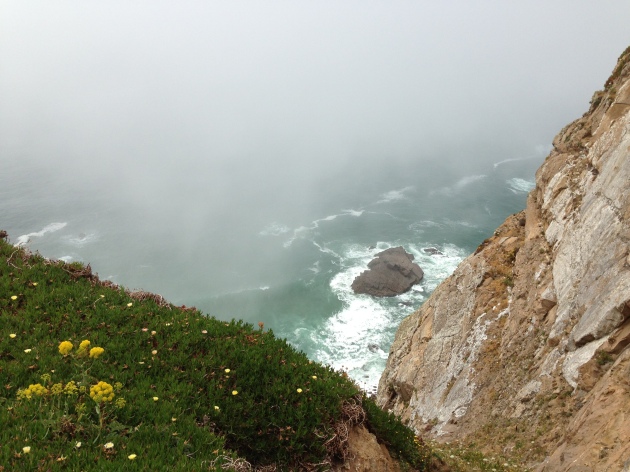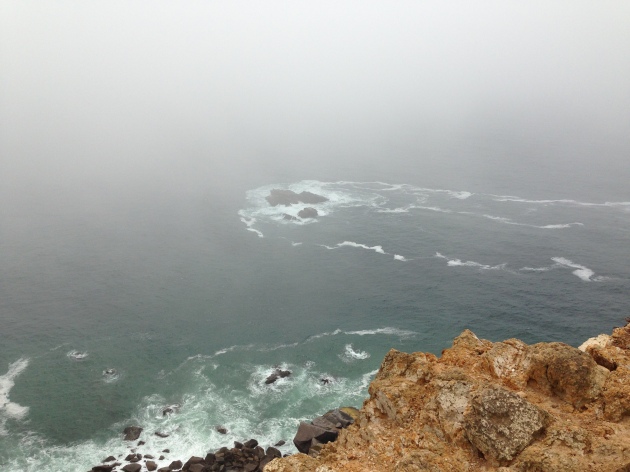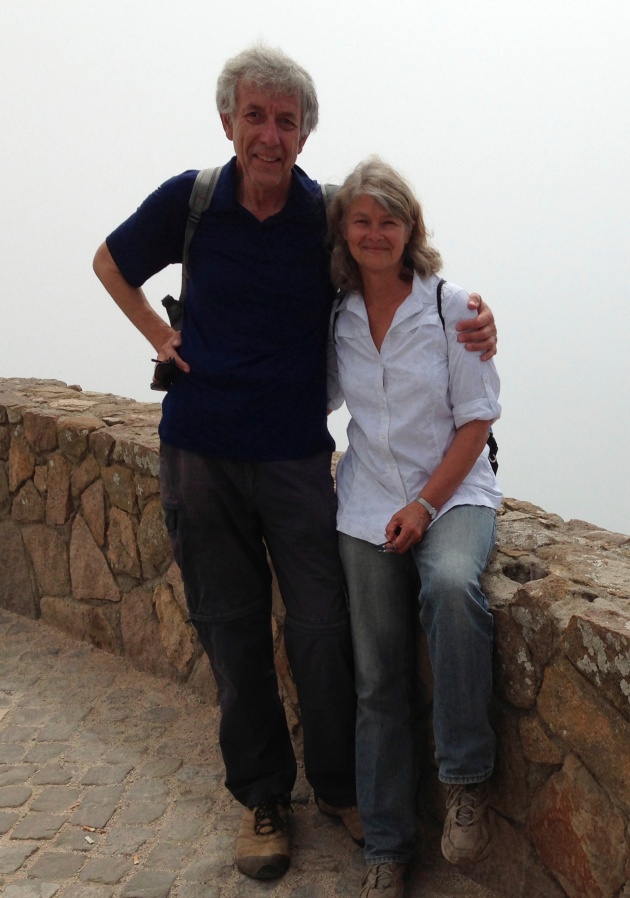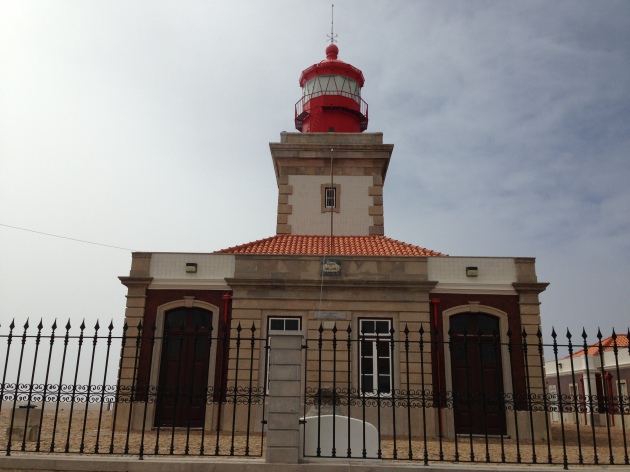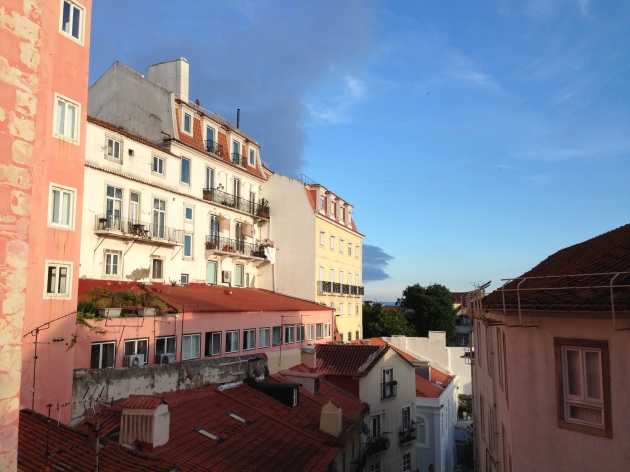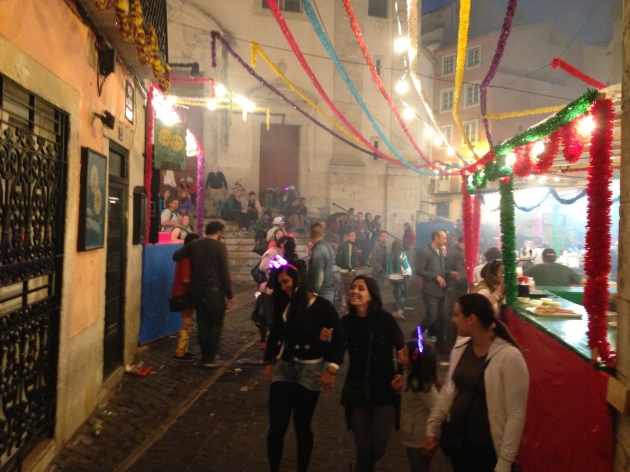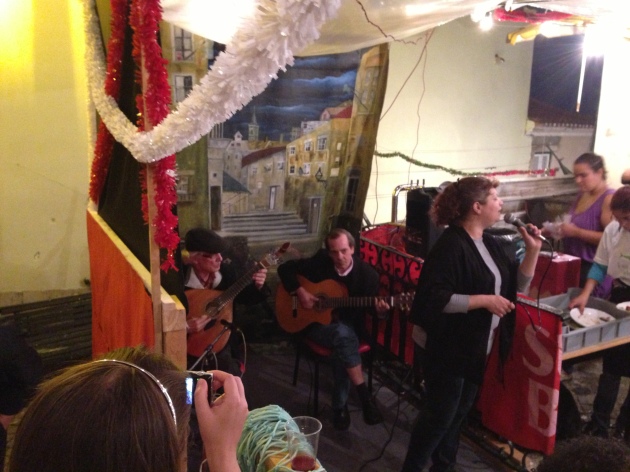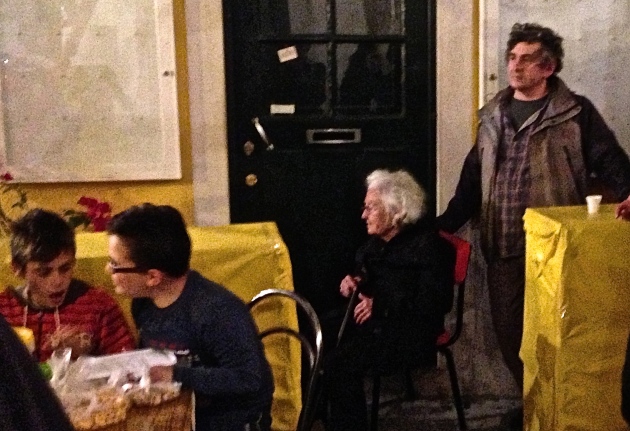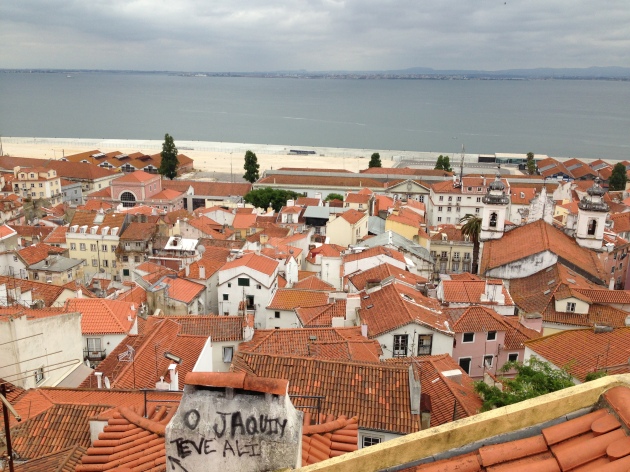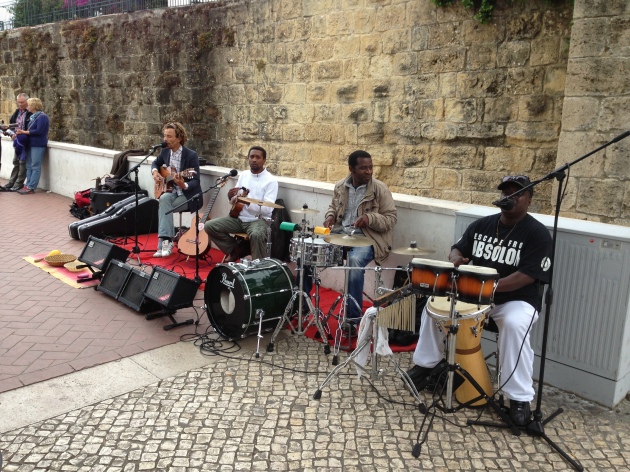We check out of hotel with a full day to spend in San Sebastian before a short evening train ride to Irun. Godzilla the Cold is still around. Hilary is wonderfully caring and sympathetic, as she has been throughout by unwelcome connection with Godzilla. Amazingly, Hilary has been impervious to Godzilla!
We have morning coffee in a café in the Old Town and reflect on the strangeness of the Basque language, one of the world’s most remarkable “language isolates”. The reflection is aided by our very own Rosetta Stone: a text on the wall about chocolate, written in Spanish, Basque and English. The Spanish is (sort of) recognisable to us as non-Spanish spekers, certainly with the help of the English translation, but the Basque is utterly strange: words and syntax bear no recognisable relationship to either of the other two. Basque is not part of the Indo-European language family. On one hypothesis, Basque is a remnant of an ancient European language spoken before the various Indo-European languages became dominant; a sort of Wollemi Pine of European languages.
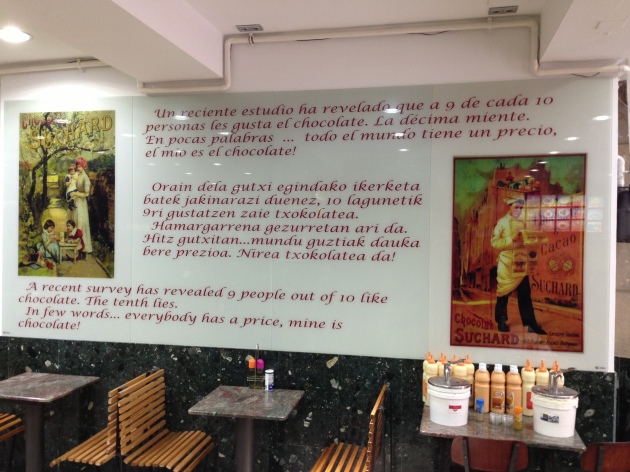
The Rosetta Stone: a text about chocolate in Spanish, Basque and English
We spend the next couple of hours in the aquarium. The self-guided tour (marked by arrows) first passes a history of shipping and fishing in the Bay of Biscay, including many model ships and dioramas of wharf scenes – nice, but not what we paid 13 Euros each for. Eventually we come to the main aquariums, which are large enough to hold schools of fish, turtles and sharks. I don’t know how the keepers prevent them from eating each other. We feel after a couple of hours that it’s been an interesting and worthwhile experience.
Lunch is in another tapas bar (of course), and again is delicious.
I decide that we need to swim at least once on this trip, and that this afternoon will be the time. The day is fine and warm, and Godzilla the Cold is abating a bit – besides, I’m sick of having Godzilla limit what we can do so much. Let’s just do it! We walk to the northeast city beach and find well-equipped changing rooms with lockers, showers and so on. We change into swimmers, though our travel towels are ridiculously small. The beach is crowded, with many swimmers, surfers and surf-skiers in he water. We eventually go in to the sea; it’s cold and the waves are big, but it’s great to swim at least once on this trip! I stay in only for a short time, Hilary for a few minutes longer.
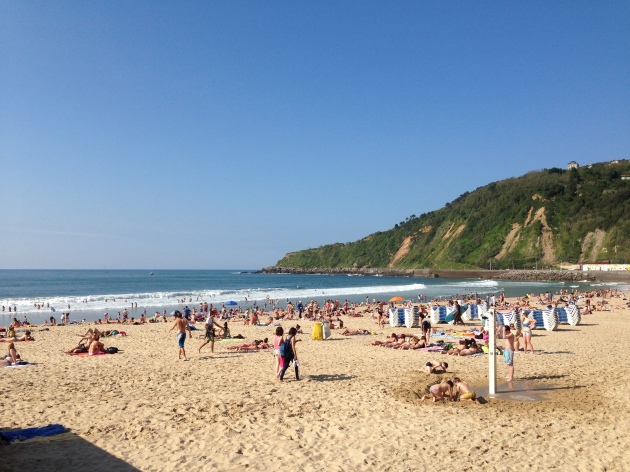
Swimming beach in San Serbastian
After the swim we return to the hotel, collect bags, and walk to the station for a short train journey to Irun. This is the Spanish member of twin railway towns, Irun and Hendaye, on either side of the Spain-France border on the coast of the Bay of Biscay. In Irun we walk 2 km to the Hotel Aitana, right on the border; it’s a truckstop hotel – it would fit into Narrandera very well apart from the language – and it’s fine for one short night. We have truckstop food for dinner – chicken, chips and salad with grated carrot – that could be found in any Australian country roadhouse.
